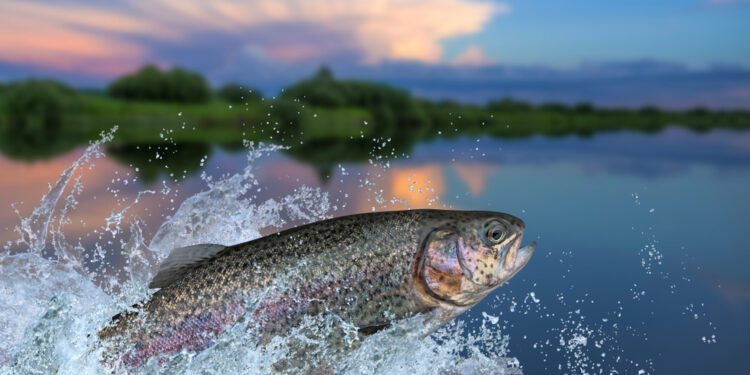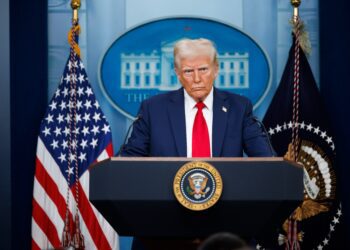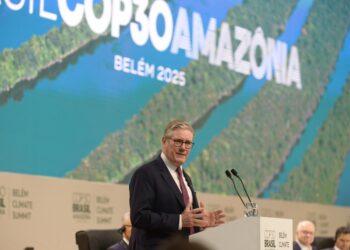Commercial fishermen and seafood processors and distributors looking to switch to new, lower-carbon emission systems say the federal funding they relied on for this work is either frozen or unavailable due to significant budget cuts promoted by President Donald Trump’s Department of Government Efficiency.
The changes are designed to replace old diesel-burning engines and outdated at-sea cooling systems and are touted by environmentalists as a way to reduce seafood’s carbon footprint. Salmon harvesters in Washington state, scallop distributors in Maine and halibut fishermen in Alaska are among those who told The Associated Press their federal commitments for projects like new boat engines and refrigeration systems have been rescinded or are under review.
“The uncertainty. This is not a business-friendly environment,” said Togue Brawn, a Maine seafood distributor who said she is out tens of thousands of dollars. “If they want to make America great again, then honor your word and tell people what’s going on.”
Decarbonization of the fishing fleet has been a target of environmental activists in recent years. One study published in the Marine Policy journal states that more than 200 million tons of carbon dioxide were released via fishing in 2016.
That is far less than agriculture, but still a significant piece of the worldwide emissions puzzle. With Earth experiencing worsening storms and its hottest year on record in 2024, reducing the burning of fossil fuels across different industry sectors is critical to fighting climate change, scientists have said.
But climate-friendly projects often cost tens or hundreds of thousands of dollars, leading fishermen to seek U.S. Department of Agriculture or Environmental Protection Agency funds to cover some costs. DOGE, a commission assembled to cut federal spending, has targeted both agencies for cutbacks.
That has left fishermen like Robert Buchmayr of Seattle on the hook for huge bills. Buchmayr said he is nearing completion of a refrigeration project for a salmon boat and was counting on a $45,000 USDA grant to pay for a chunk of it. The agency told him last month the funding is on hold until further notice, he said.
“I’m scrambling, where does the money come from. I was counting on the grant,” Buchmayr said. “I was under the impression that if you got a grant from the United States, it was a commitment. Nothing in the letter was saying, ‘Yes, we’ll guarantee you the funds depending on who is elected.’”
The funding cuts have also hurt seafood processors and distributors, such as Brawn in Bremen, Maine. Brawn said she received a little more than half a USDA grant of about $350,000 before learning the rest might not arrive.
The confusion on the waterfront is another example of the bumpy rollout of government cutbacks under Trump. The Trump administration halted its firings of hundreds of federal employees who worked on nuclear weapons programs last month. It also moved to rehire medical device, food safety and other workers lost to mass firings at the Food and Drug Administration. New tariffs on key trading partners have also been chaotic.












